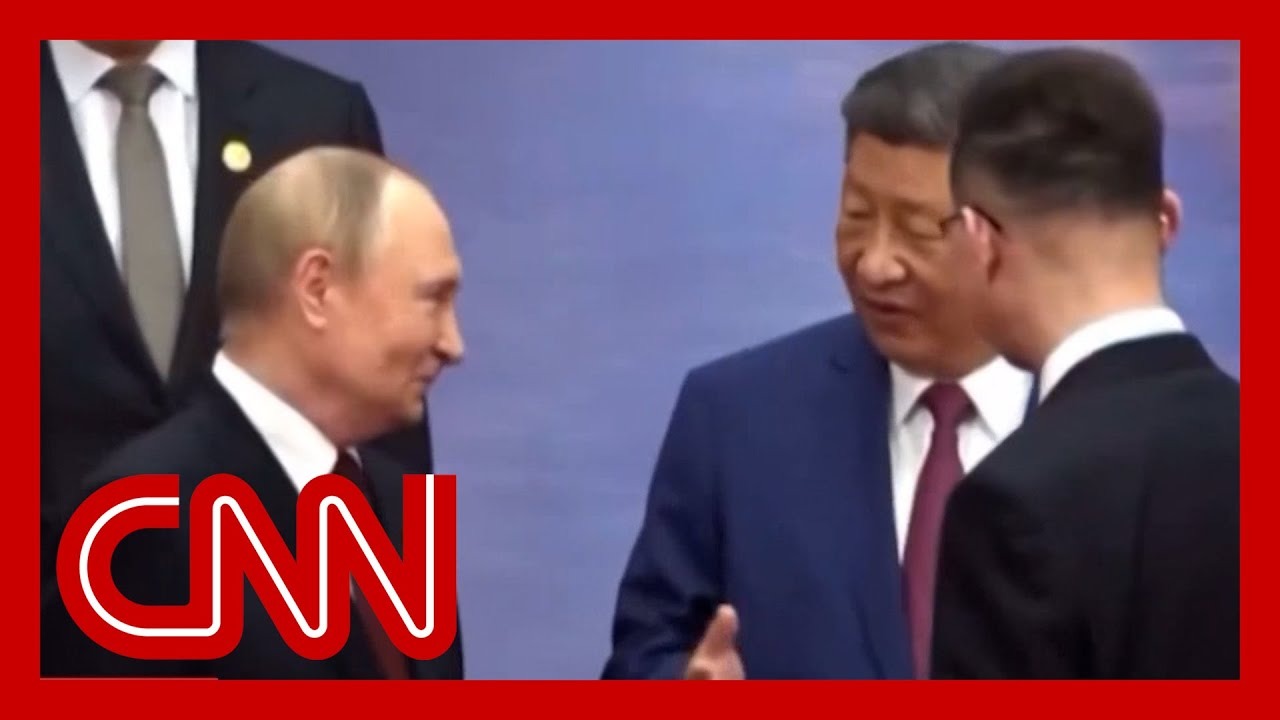Quick Summary
- Leaders from China, Russia, and India projected unity at a Beijing summit, with North Korea’s Kim Jong‑un reportedly en route.
- Beijing framed itself as a reliable champion of developing nations while criticizing “bullying” and “double standards.”
- Moscow blamed the West for the Ukraine war even as strikes continued; EU aviation reportedly faced GPS interference.
- India signaled strategic autonomy amid US tariff pressure, underscoring its leverage between competing blocs.
Introduction
At a summit in China, images of Vladimir Putin, Xi Jinping, and Narendra Modi smiling and clasping hands carried a message that required no translation. The choreography—soon to feature North Korea’s Kim Jong‑un arriving by armored train—signaled that major non‑Western powers are comfortable projecting unity at a time when Washington’s policies, rhetoric, and tariffs are straining old assumptions. The pageantry matters because it reframes the narrative: not just about who sits at the head table, but about which rules, whose risks, and how quickly the world’s economic center of gravity can move.
What’s New—and Why It Matters
China’s pitch is straightforward: in an era of “bullying and double standards,” Beijing presents itself as reliable, stable, and a champion of developing nations. Russia echoes the argument and adds revisionist history, placing the blame for the Ukraine war on Western provocation. India’s presence—particularly notable given its border tensions with China and newly imposed US tariffs—underscores New Delhi’s preference for strategic autonomy. If the United States narrows options for India’s growth, Delhi will court alternatives, even as it resists falling neatly into any camp.
Optics vs. Commitments
It’s tempting to dismiss summits as optics. Yet optics influence risk in three ways. First, they build negotiating leverage: images of unity translate into bargaining chips in trade talks, energy deals, and defense procurements. Second, they shift market expectations by hinting at how sanctions, supply chains, or technology flows could realign. Third, they alter the diplomatic weather, making it easier (or harder) for other countries to hedge. The more Washington appears to penalize partners while soft‑pedaling adversaries, the easier it becomes for fence‑sitters to step off toward Beijing.
India’s Balancing Act
India’s calculus is both economic and strategic. Access to capital, energy, and export markets determines whether it can sustain high‑single‑digit growth. Tariffs raise costs and invite retaliation; border standoffs with China cap cooperation; dependence on Russian arms complicates Western alignment. In this triangle, India signals it has options. Modi’s hour‑long conversation in Putin’s limousine is more than a photo‑op; it’s a reminder to Washington that India’s partnership must be earned with respect, market access, and technology pathways—not assumed.
The Risk Register
The risk register is not theoretical. Ukraine continues to absorb nightly strikes while the Kremlin insists on a narrative that absolves its own choices. Reports that the European Union’s top official faced GPS interference on approach highlight how electronic warfare bleeds into civilian space, raising the stakes for aviation and supply chains. Kim’s impending arrival introduces another axis: a regime that sees nuclear brinkmanship as both shield and currency. Together, these threads describe a world where military pressure, economic coercion, and information operations are converging.
What to Watch Next
For investors and policy planners, several signposts matter in the weeks ahead. Do statements from Beijing and Moscow lean into a joint “new world order,” or do they stay deliberately ambiguous to preserve bilateral wiggle room? Does India extract tangible concessions—on trade, energy pricing, or technology—from either side? Are there signals that arms or industrial support to Russia increases through backchannels? And does Washington recalibrate, pairing credible pressure with equally credible pathways for partnership—particularly with India and middle powers that dislike choosing sides?
Playbook for Operators
A pragmatic playbook follows. Diversify supply chains not only by country but by jurisdictional risk: prioritize nodes with strong rule of law and clear export‑control regimes. Stress‑test exposure to navigation and satellite disruptions, including fallback procedures for critical flights and shipments. For firms with significant India exposure, align lobbying around tariff relief and market access—there is alignment to be found in jointly countering coercive practices. Finally, track narrative shifts: when “bullying” becomes the dominant frame in key markets, commercial outcomes follow the story as much as the spreadsheet.
Key Actors & Signals
| Actor | Recent Move (per uploaded report) | Implications |
|---|---|---|
| China (Xi Jinping) | Hosts summit; denounces ‘bullying’ and calls for new world order. | Seeks leadership of Global South; showcase reliability amid US trade disputes. |
| Russia (Vladimir Putin) | Meets Xi; blames West for Ukraine war; continues strikes. | Tests Western resolve; deepens non‑Western ties for wartime support. |
| India (Narendra Modi) | Appears with Xi & Putin; context of US tariffs and border tensions. | Signals strategic autonomy; hedges between blocs for economic leverage. |
| North Korea (Kim Jong‑un) | Reportedly en route by armored train after missile‑factory tour. | Symbolic alignment; potential arms/tech bargaining with partners. |
| European Union (Ursula von der Leyen) | Plane reportedly faced GPS jamming; lands safely. | Illustrates rising risks to civil/military aviation in contested theaters. |
| United States (Trump admin.) | Tariffs; sharp rhetoric on allies; selective criticism of adversaries. | Creates openings for alternative alignments; tests alliance cohesion. |
Dominant Themes in the Uploaded Report
Closing
Summits do not rewrite geography or erase contradictions, but they can harden trajectories. Beijing’s stagecraft projects confidence; Moscow’s rhetoric courts sympathy; India’s presence reminds everyone it prefers a dance card with options. If Washington wants to shape the music, it needs tempo (speed), harmony (coalitions), and a melody that resonates beyond its base. Otherwise, the photos from Beijing will double as a storyboard for a world inching toward parallel systems—competing standards, fragmented finance, and higher background risk for business and travel alike.
